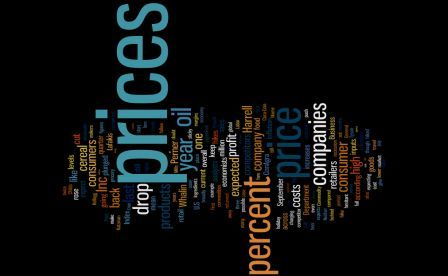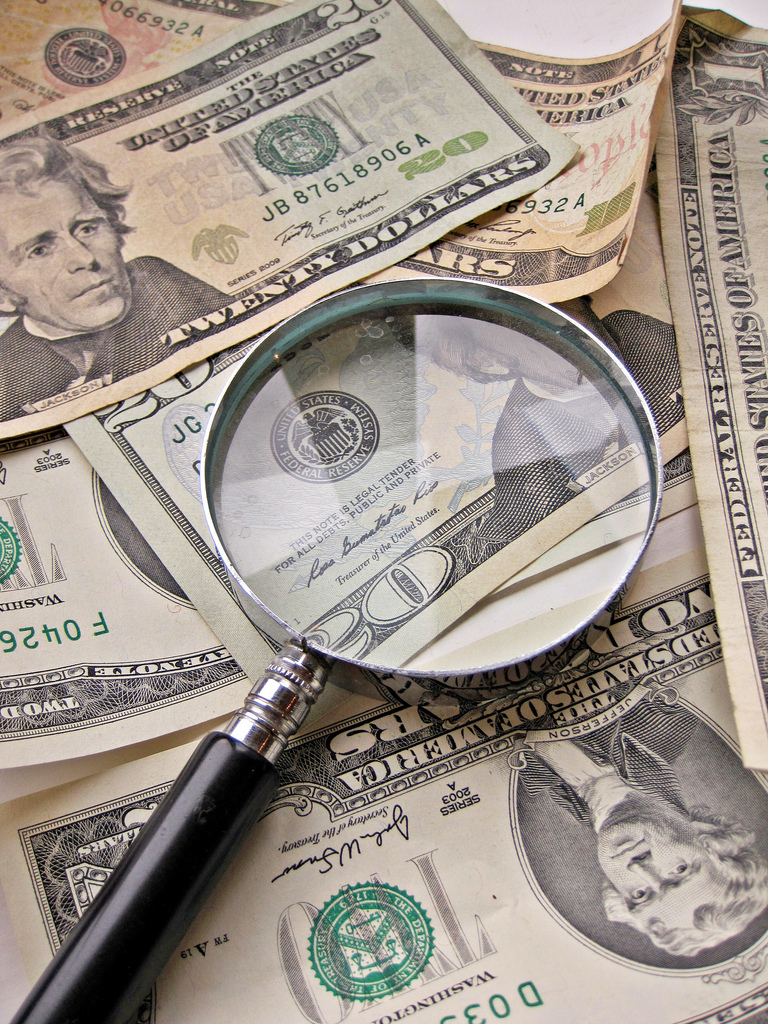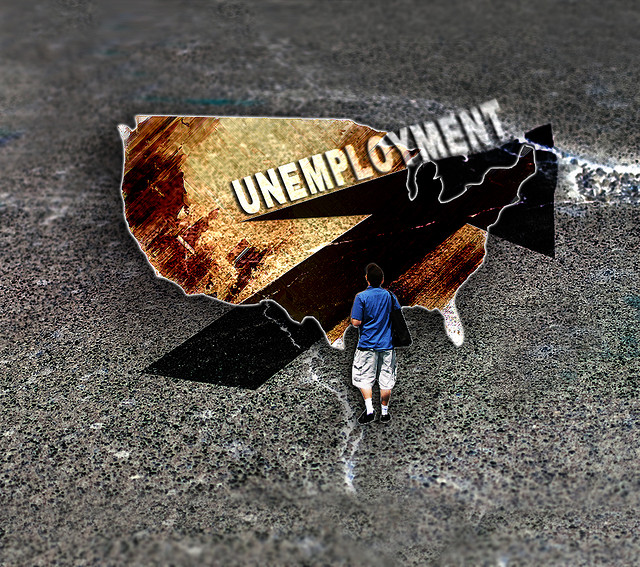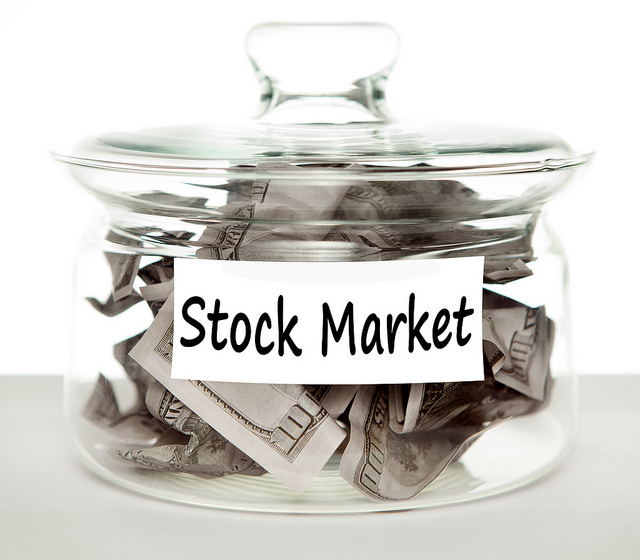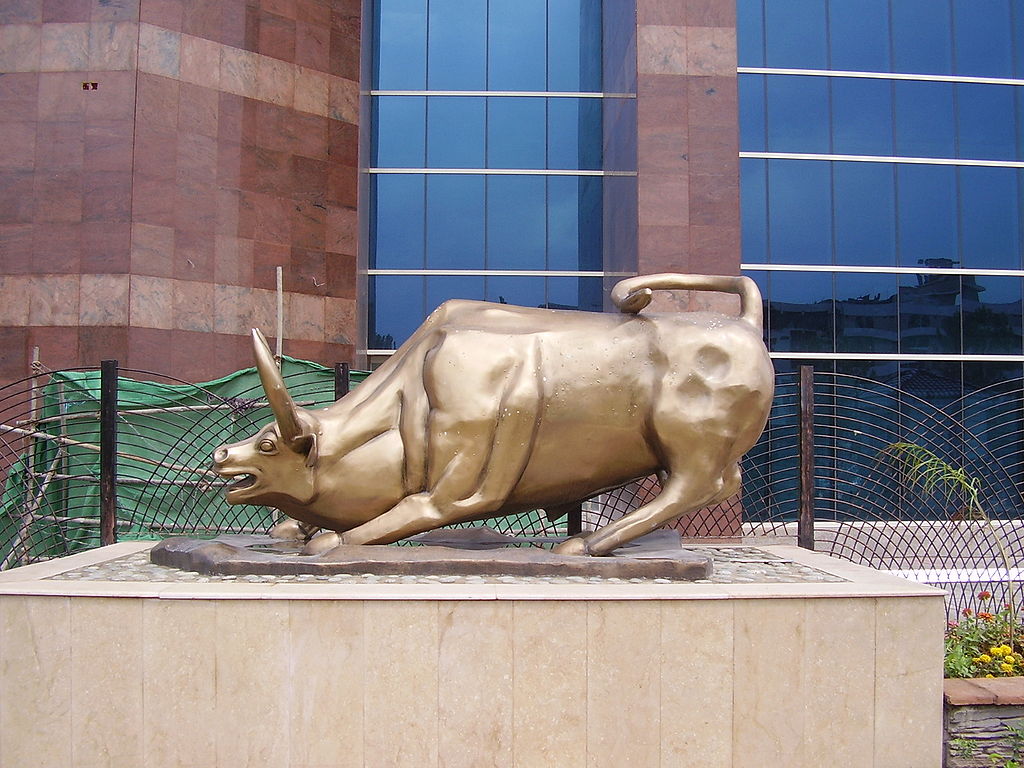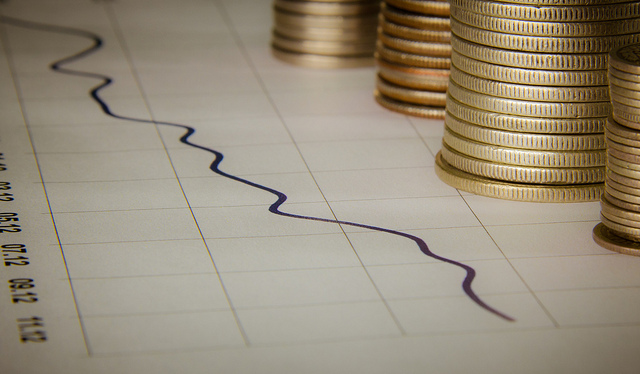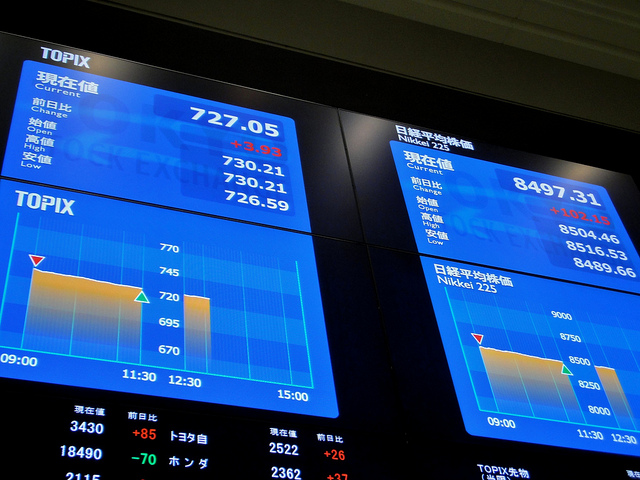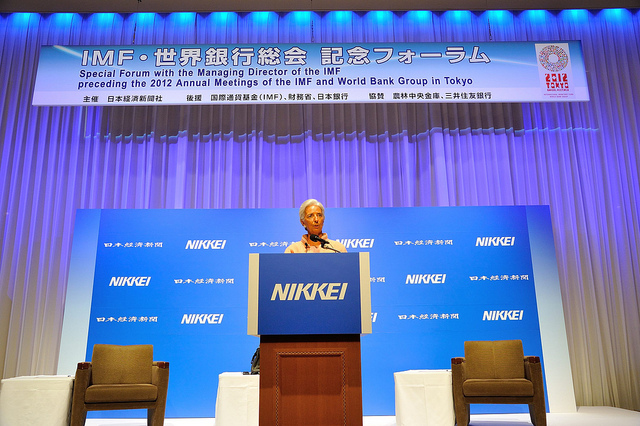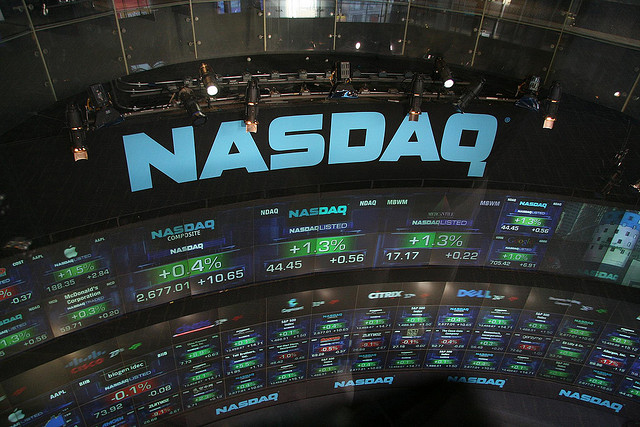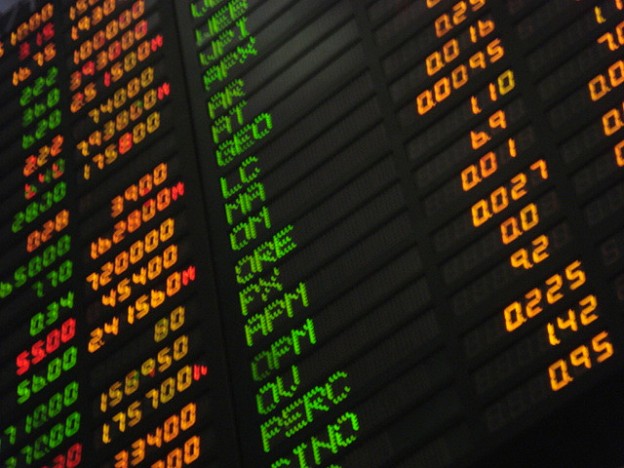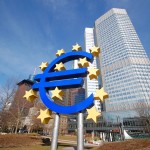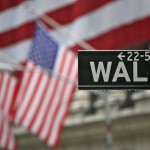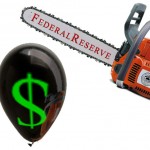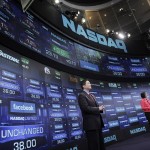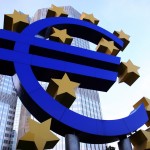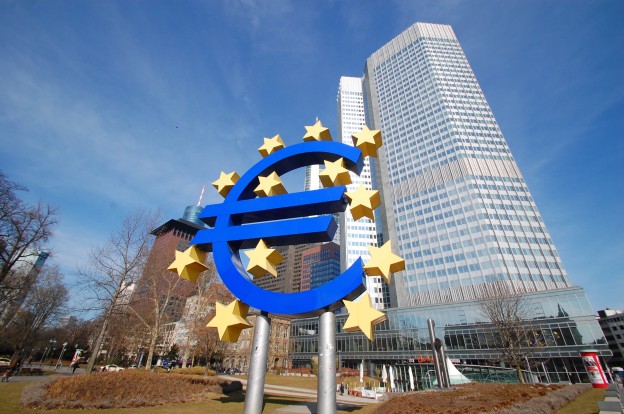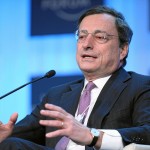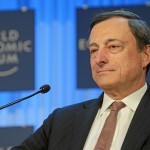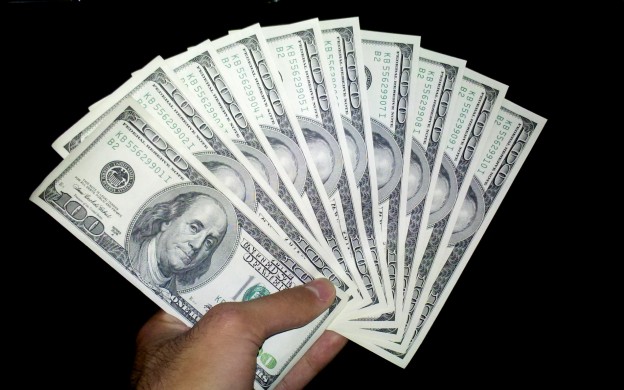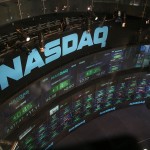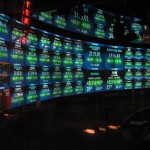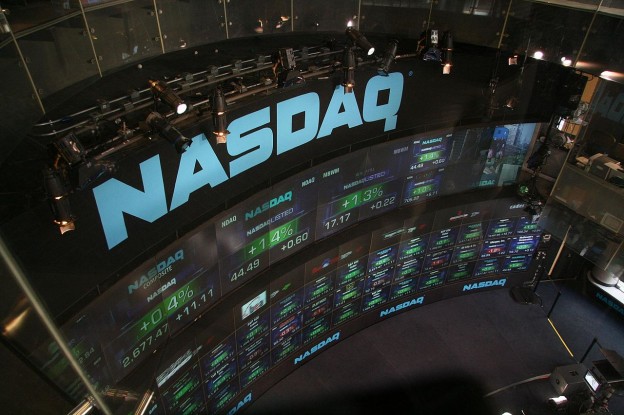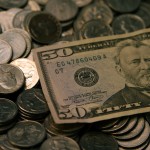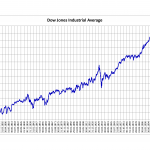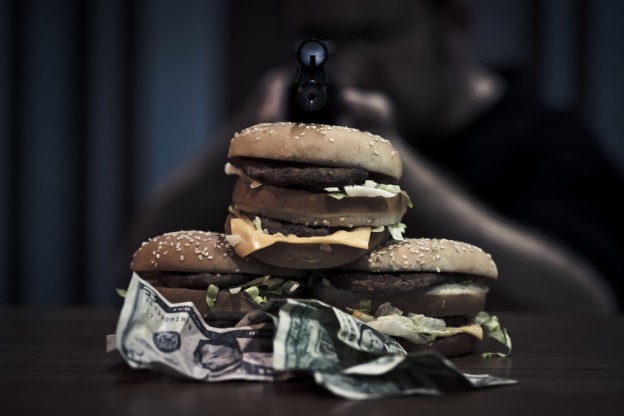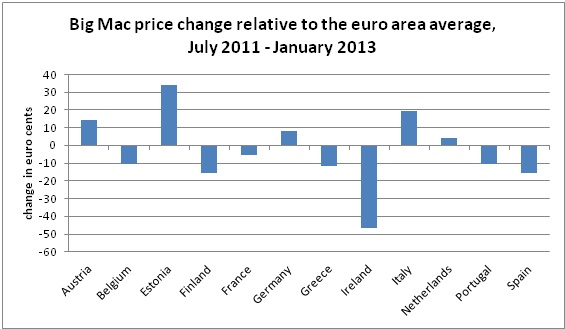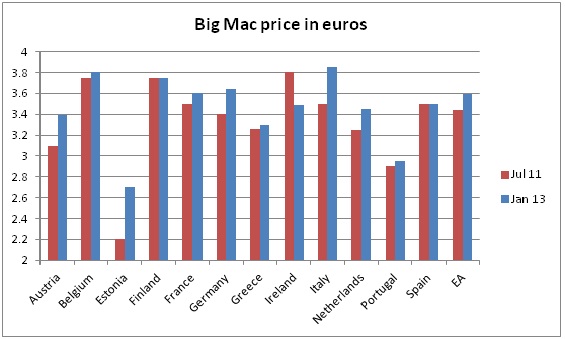The Standard & Poor 500 Index has recorded its biggest gain of the year on rising U.S. stocks amidst better-than-expected retail sales and a corporate merger that boosted confidence in U.S. economy.
Technology companies were lead in gains by Inter Corp. and Jabil Circuit Inc. with rises of at lease 4 percent as analysts posted upgrades. Google (GOOG) Inc. advanced 2.4 percent following its purchase agreement for thermostat maker Nest Labs Inc. for $3.2 billion in cash. Time Warner Inc. refused an acquisition offer from Charter Communications Inc. and added 2.7 percent. JPMorgan Chase & Co. and Wells Fargo remained at their previous levels following fourth-quarter reports.
The S&P 500 (SPX) climbed 1.1 percent, its biggest increase since 18th December and one that erased nearly all of yesterday’s loss. The Dow Jones Industrial Average advanced 115.92 points, or 0.7 percent. In terms of share numbers, about 6.5 billion of them were bought and sold on U.S. market yesterday, moving at 7.7 percent above the 30-day average.
Yesterday, the S&P lost 1.3 percent, the greatest amount since November, as investors reconsidered their valuations following the record levels the index reached last year on a 30 percent valuation. The benchmark index lost 1.6 percent from the start of the year through yesterday, making this its worst beginning to a year since 2009.




